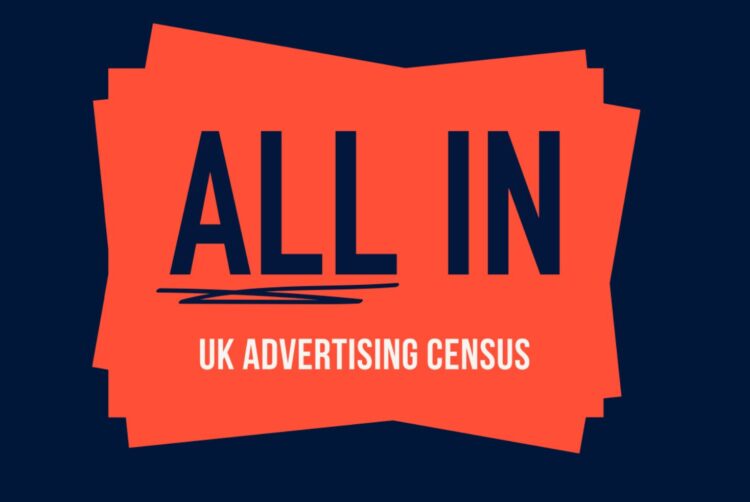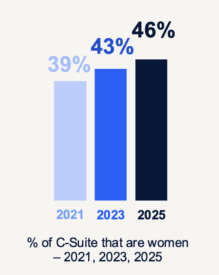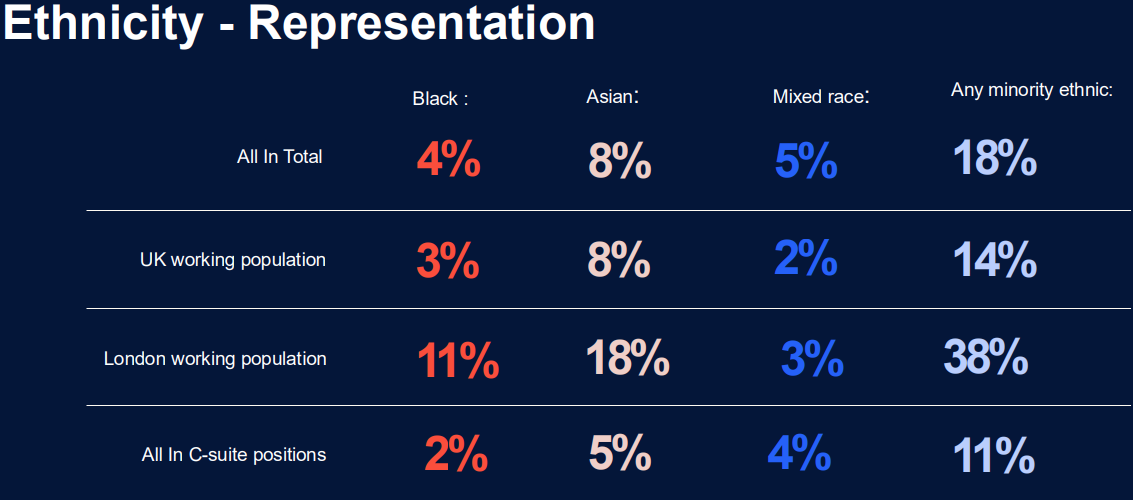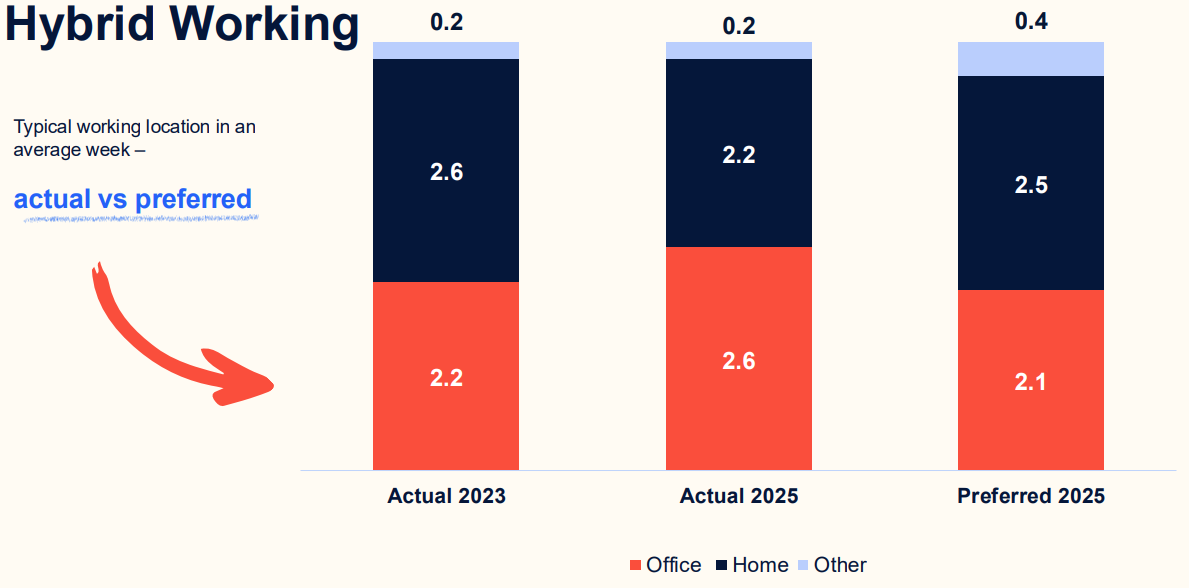All In Census: Majority enjoy working in adland despite lack of belief in positive impact

The 2025 All In Census identified a slightly narrowed C-suite gender gap, continued underrepresentation of the working class, optimism about AI, and an appreciation for hybrid working, among other takeaways.
The findings show that whilst a strong majority (78%) of ad professionals say they enjoy working in the sector, most do not view the industry as trustworthy (40%) or has a positive social impact (44%).
A quarter of respondents (26%) also signalled they are likely to leave their company over the next 12 months, with most citing better opportunities and salary elsewhere as their core reason for leaving (71%), followed by a poor work-life balance (26%).
Over 14,000 advertising professionals responded to the bi-annual survey, down from 18,000 in 2023. It is nevertheless still the largest industry census in the UK.
It was once again ran in partnership between the Advertising Association (AA), ISBA and the IPA and conducted by Kantar. Findings were presented at News UK’s London headquarters Thursday by Dan Wilks, director of the AA’s think tank, Credos.
Gender gap closes but remains
 There was positive news from the top of the industry, as the gender gap at C-suite continued to close in 2025.
There was positive news from the top of the industry, as the gender gap at C-suite continued to close in 2025.
46% of C-suite roles are currently occupied by women. up from 39% in 2021 and 43% in 2023.
Notably, however, survey respondents were much more likely to be women (60%), which may have skewed the figure.
Meanwhile, one in 10 women (10%) reported they had been sexually discriminated against in the workplace over the past 12 months.
This was heightened among adland’s trans community, where 42% indicated they had experienced sexual discrimination over the same time period.
Trans people were also substantially more likely to be made to feel uncomfortable in the workplace (60% vs the All In average of 15%) and leave the industry due to exclusion or discrimination (23% vs the All In average of 9%). It is worth noting just 0.5% of survey respondents identified as trans.
Among LGBQ+ individuals, 14% said they were likely to leave the industry due to a lack of inclusion and/or discrimination.
Ethnic discrimination falls, but still significant
Black and Asian ad professionals were less likely to want to leave the industry due to issues of inclusion and discrimination than in prior years – down from 30% to 24% for Black workers and 21% to 19% for Asian workers.
However 16% of Black respondents felt they had experienced discrimination in the last 12 months. While down from 22% in 2021, it is still a significant figure; as Black workers were the most likely group to report being discriminated against (compared to 12% for Asian respondents, 12% for Muslims and 10% for women).
The overall ethnic makeup of the industry was found to be largely in line with the UK working population, though this does not apply to C-suite and it substantially trails the London working population.

Working class, disabled still underrepresented
According to the Census results, advertising is still a middle class pursuit. Only 19% of respondents were working class (according to the Social Mobility Commission definition). This is compared with the working class comprising 40% of the broader UK population.
When it comes to those from fee paying schools 18% of advertising professionals attended private schools vs only 8% of the wider UK.
Adland also lags the UK’s total population for employing those with disabilities. Whereas 14% of the UK working population has a disability, just 12% of the media and advertising industry reports having a disability, including just 9% within C-suite.
However, a strong majority (72%) pf workers with disabilities registered that they felt supported by their company.
“If we are serious about accurately reflecting the consumers that our work wants to attract we need to do more on social inclusion,” Wilks commented.

Return to the office
Against the backdrop of high-profile return to office mandates, on average respondents were spending 2.6 days a week in the office, up from 2.2 in 2023 and versus a stated preference of wanting to be in the office just over 2 days a week (2.1).
Ad professionals felt that hybrid working had led to a better work-life balance (59% net improvement), improved productivity (58% net improvement) and better capacity to meet customer needs (30% net improvement).
However networking (7% net decrease) and learning informally from colleagues (10% net decrease) were perceived to have declined since hybrid working became normalised during the after the Covid-19 pandemic.

Ad land all in for AI?
Amid substantial efforts to integrate AI into working practices across the media and advertising industries, the majority of respondents said they felt positive about the potential impact of using AI in their roles.
Two-thirds (63%) of respondents indicated they were keen to use AI more, compared to just 15% that said they’d prefer to use it less.
In terms of improving efficiency, mearly half (44%) of professionals believed that AI tools had made them more efficient at the jobs.
Yet only 10% of the industry felt that AI was a risk to their jobs, a figure which rose to 15% for those working in programmatic.
‘Improving the workplace for all’
Responding to the census results, Sharon Lloyd Barnes, commercial director and talent and inclusion lead at the AA, expressed the importance of focusing on talent of all kinds.
“This latest set of data underlines the importance of improving the workplace for all,” she said.
Calling the census data “the crucial foundation” for the AA’s All In working groups, she added that “now more than ever, we need to ensure we attract, nurture and retain the best talent.”




